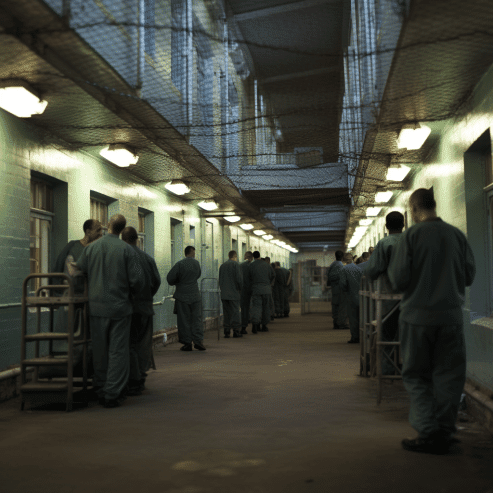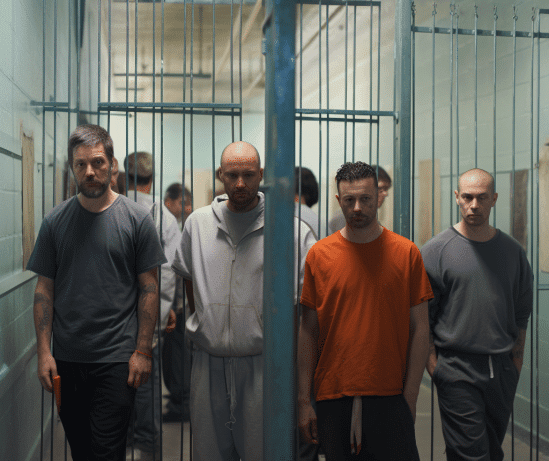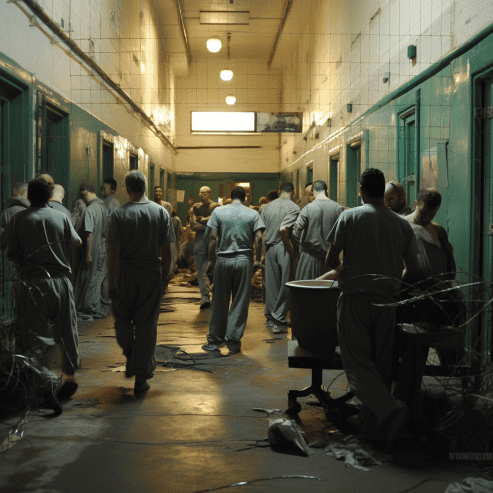Life In Prison UK
Life Sentences in the UK
When an individual is convicted of grave crimes, such as murder, rape, or armed robbery, they may be handed a life sentence by the courts. Let’s delve into the intricate workings of life sentences:
Mandatory Sentencing: In cases of murder, a life sentence is a requirement. The courts turn to Schedule 21 of the Sentencing Code to determine the starting point for the minimum term (or tariff) based on the specifics of the crime. For instance, if a murder involved a knife taken to the crime scene with a criminal intent, the starting minimum term might be 25 years.
Discretionary Life Sentences: Beyond murder, other severe crimes like rape or robbery may also warrant a life sentence. Parliament has established criteria to determine who may be eligible, such as past offences and potential risk to the public. Even when these criteria are met, judges will set a minimum term before parole eligibility.
Parole and Life Licenses: Even if a life-sentenced individual is granted release after serving their tariff, they remain ‘on licence’ in the community for life. This means that, without necessarily committing another crime, they could be returned to prison if considered a risk.
Whole Life Orders: This is the exception. A whole life order is handed down in exceptionally grievous cases, indicating that the offender will spend the entirety of their life behind bars, with a release possible only under rare compassionate grounds. As of the close of 2022, notable inmates with a whole-life order include Rosemary West, Levi Bellfield, and Wayne Couzens.


Life In Prison UK
The Inception of a Prison Sentence
The transition into the prison system can be challenging. Here’s a brief walkthrough:
Arrival: Post-sentencing, the individual is taken to a nearby reception prison before possibly being transferred elsewhere based on multiple considerations like the crime’s nature and sentence length.
Identity and Health: Upon entry, prisoners receive a prison number and potential release dates. They may be photographed and fingerprinted. Health checks are mandatory, with prisoners offered medical consultations. Mental health support, including Listener services trained by the Samaritans, is available.
Property Management: Items are checked and stored, with only permitted belongings allowed inside. Prisoners have access to a private cash account for funds, managed by the prison, with weekly spending limits.
Initial Nights: Prisoners usually spend their first few nights in either a dedicated block or a regular cell, provided with essentials and possibly given a chance to make a brief phone call.
Routine Induction: All convicted prisoners undergo an induction program. This serves as an introduction to prison life, detailing daily routines, available programs, visiting rights, and more.
Why are prisoners called lags?
Everyday Life Behind Bars
Living in prison is a unique experience. Here’s what life inside looks like:
Cell Life: While some prisoners might have single cells, sharing is common. Cells are equipped with amenities like in-cell TVs (for a fee) and kettles for hot beverages. Cleanliness is a prisoner’s responsibility, with cleaning supplies provided.
Permitted Items: Items like books, newspapers, and some electronic gadgets might be allowed based on the prison’s rules. However, certain items, like mobile phones, are strictly prohibited.
Earning Privileges: Good behaviour can translate into privileges. These vary by prison and can range from better cell conditions to additional visits.
Conclusion
Life in a UK prison is structured and governed by a set of guidelines designed to maintain order and ensure rehabilitation. While it’s a challenging environment, there are mechanisms in place to offer support and ensure a fair experience for inmates.



